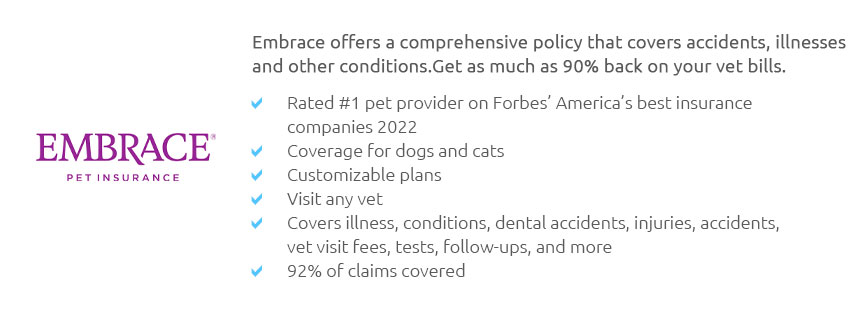 |
 |
 |
 |
 |
|
 |
|
 |
|
 |
|
 |
|
 |
|
 |
|
 |
 |
Understanding Pet Insurance Long Island: A Comprehensive GuideWhy Consider Pet Insurance?Pet insurance is an essential consideration for pet owners on Long Island, offering peace of mind and financial protection. It helps cover the cost of veterinary care, ensuring your furry friends receive the best treatment without the worry of high expenses.
Types of Coverage AvailableAccident-Only PlansThese plans cover injuries resulting from accidents, such as broken bones or ingested foreign objects. Comprehensive PlansComprehensive plans offer more extensive coverage, including illnesses, hereditary conditions, and sometimes even routine care. Preventive Care Add-OnsSome insurers offer add-ons for preventive care, covering vaccinations and annual check-ups. Choosing the Right PolicyWhen selecting pet insurance, consider factors such as your pet's age, breed, and health condition. It's crucial to compare different providers. For insights, check the best pet insurance reviews for detailed comparisons. Top Pet Insurance Providers in Long IslandLong Island pet owners have access to several reputable pet insurance companies. Each offers unique benefits and coverage options. To simplify your decision, explore the top 3 pet insurance companies to find the one that suits your needs best. FAQs About Pet Insurance
https://laurainsureslongisland.com/insurance/pet
Call (631) 744-7116 for pet insurance with Trupanion. Get a free pet insurance quote from Trupanion & State Farm Agent Laura San Nicolas in Miller Place, NY. https://phcanimalleague.com/pet-insurance-program/?accessible=1
Chronic and hereditary conditions - With insurance from Fetch Pet Insurance, One low monthly payment can save you thousands. - With one simple plan, we cover up ... https://www.yelp.com/search?cflt=petinsurance&find_loc=Long+Island%2C+NY
Top 10 Best Pet Insurance Near Long Island, New York - With Real Reviews - 1. The Insured Pet - 2. AARON mega insurance - 3. West Hills Animal Hospital & ...
|